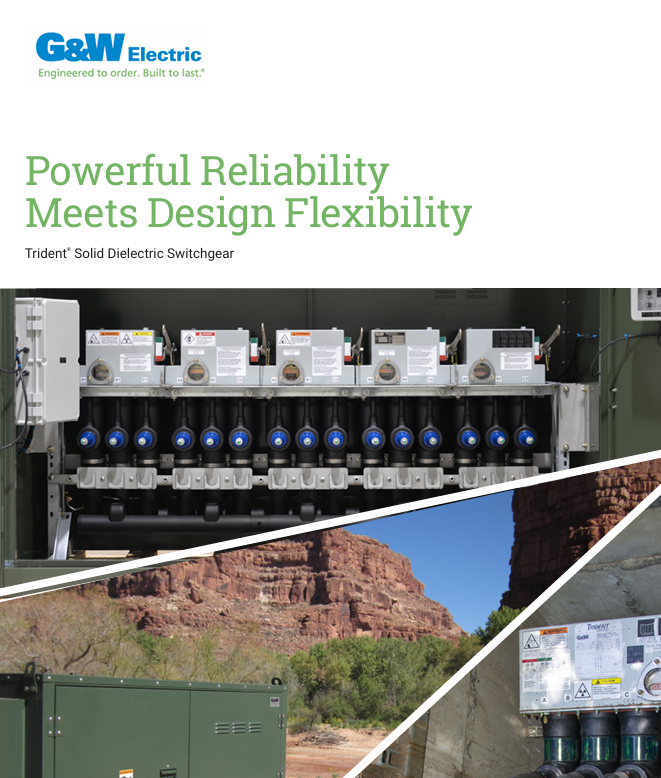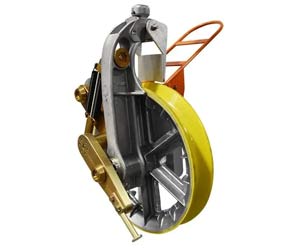3 Phase to Single Phase Transformer
By Frank Baker, Associate Editor
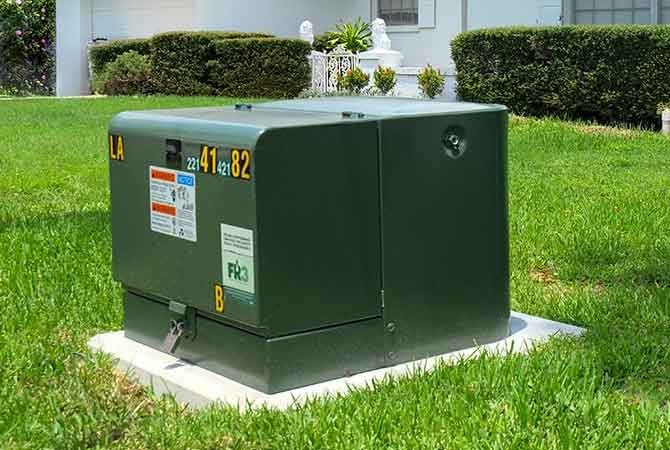
Substation Maintenance Training
Our customized live online or in‑person group training can be delivered to your staff at your location.
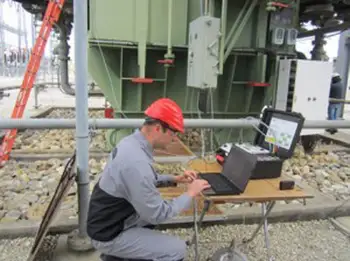
- Live Online
- 12 hours Instructor-led
- Group Training Available
Download Our OSHA 4474 Fact Sheet – Establishing Boundaries Around Arc Flash Hazards
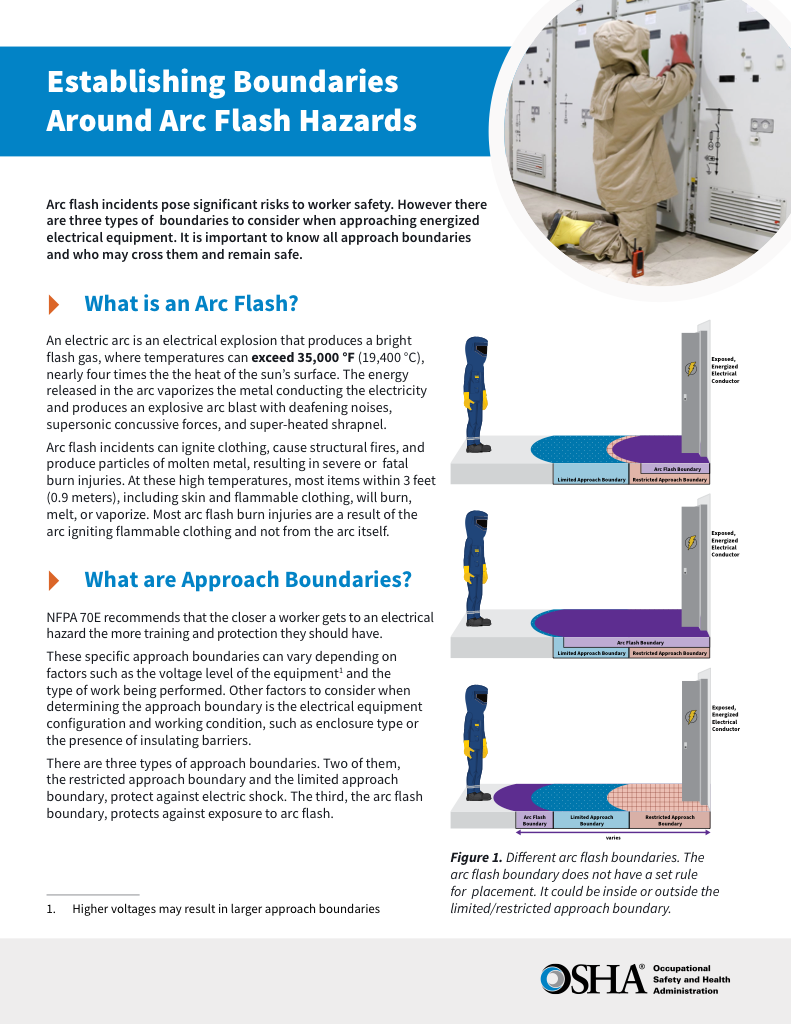
- Understand the difference between arc flash and electric shock boundaries
- Learn who may cross each boundary and under what conditions
- Apply voltage-based rules for safer approach distances
A 3 phase to single phase transformer converts three-phase electrical power into single-phase for residential or small-scale use. It's ideal for facilities needing single-phase equipment operation from a three-phase supply, ensuring efficient power distribution.
What is a 3 phase to single phase transformer?
A 3 phase to single phase transformer is an essential electrical device that enables equipment designed for a single-phase system to function in an environment where three-phase power is the only available supply.
-
Enables use of single-phase loads on three-phase systems
-
Cost-efficient for rural, residential, or light industrial use
-
Reduces complexity in power distribution for specific equipment
This type of conversion is commonly required in industrial, commercial, and residential settings where electrical requirements do not match the existing infrastructure. By efficiently adjusting voltage, this transformer ensures that machinery can operate reliably without the need for costly electrical upgrades.
Electrical Transformer Maintenance Training
Substation Maintenance Training
Request a Free Training Quotation
Common Methods of Power Conversion
Converting power from a multi-phase system to a single-phase setup presents a technical challenge that requires specialized methods. One of the most effective approaches involves using transformers configured in open delta or Scott-T arrangements. An open delta setup utilizes two transformers instead of three, providing a practical yet slightly less efficient method to achieve a single-phase output. The Scott-T method, on the other hand, uses two specially wound transformers to ensure balanced electrical loads while delivering the necessary voltage conversion. Learn more about load balancing and voltage stability through the Isolation Transformer configuration page.
Another option includes rotary or static phase converters, which generate a synthetic output for use with single-phase machinery. Rotary converters, for instance, use a spinning motor to maintain stable voltage, making them ideal for high-power applications. When comparing phase-conversion methods, the article on dry type transformer types provides practical insights.
Test Your Knowledge About Electrical Transformers!
Think you know Electrical Transformers? Take our quick, interactive quiz and test your knowledge in minutes.
- Instantly see your results and score
- Identify strengths and areas for improvement
- Challenge yourself on real-world electrical topics
Comparison Table: Methods for 3 Phase to Single Phase Power Conversion
| Method | Equipment Used | Efficiency | Best For | Pros | Cons |
|---|---|---|---|---|---|
| Transformer (Open Delta) | 2 standard transformers | Moderate | Cost-conscious installations, light loads | Economical, simple setup | Slight voltage imbalance, reduced capacity |
| Transformer (Scott-T) | 2 specially wound transformers | High | Balanced load applications, industrial use | Excellent load balancing, stable voltage | More complex and costly to install |
| Rotary Phase Converter | Motor-generator system | High (with proper load) | High-power single-phase machines | Smooth power delivery, handles surge loads | Mechanical wear, higher maintenance |
| Static Phase Converter | Capacitors and relays | Low to Moderate | Low-horsepower motors, small equipment | Inexpensive, easy to install | Lower efficiency, poor at load balancing |
| Solid-State Converter | Power electronics | High | Sensitive electronics, lab or tech environments | Compact, reliable, precise voltage regulation | Expensive, not ideal for heavy inductive loads |
Managing Electrical Loads and Preventing Phase Imbalance
Proper load distribution is a key consideration when converting power between different system types. Electrical imbalances can cause uneven current flow, overheating, and potential damage to critical components. If not managed properly, one portion of the supply may experience an excessive load while the remaining sections operate under capacity. Such imbalances result in voltage fluctuations, increased energy losses, and a reduction in overall efficiency. For grounding strategies in delta to wye configurations, check out the detailed guide on Grounding Transformers. Careful system design ensures loads are evenly distributed, minimizing disruptions and extending the lifespan of electrical equipment.
Real-World Applications
The demand for single-phase power exists in numerous industries and residential areas where three-phase service is unavailable. Rural properties, small workshops, and businesses often rely on single-phase systems, yet certain equipment—such as large motors, welding machines, or HVAC units—may require conversion to function properly. Designers focusing on rural or light-industrial distribution should explore our article on Pad-Mounted Transformers.In these scenarios, a transformer allows users to operate their machinery seamlessly without needing access to a full three-phase power supply. In commercial environments, this conversion is particularly useful in running lighting systems, refrigeration units, and other essential equipment that cannot directly interface with a three-phase source.
Understanding Transformer Connection Types: Delta, Wye, and Open Delta
The configuration of the 3 phase to single phase transformer connections plays a crucial role in determining how effectively power is converted. Delta and wye arrangements influence how voltage is distributed and impact overall efficiency. A delta-to-wye transformation, for example, introduces a neutral grounding point, which can enhance voltage stability. While open delta configurations remain a popular choice, they can sometimes result in reduced capacity and minor voltage output imbalances. Explore how electrical equipment reacts under no-load conditions with the piece on Do All the Transformers Use Power With No Load. Selecting the appropriate connection type requires a thorough understanding of the existing electrical system, load characteristics, and intended application.
How to Select the Right Transformer for Your Power Needs
Choosing the right 3 phase to single phase transformer is equally important to ensure efficient and reliable conversion. The selection process should take into account power requirements, cost considerations, and system efficiency to ensure optimal performance. For detailed advice on selecting the proper transformer size, visit the Transformer Sizing page. A mismatch between the load demand and the transformer or converter's capabilities can lead to excessive energy consumption and potentially result in the failure of electrical components. Engineers must account for power ratings, thermal management, and voltage regulation to optimize performance. While phase converters offer flexibility, they can introduce electrical noise and efficiency losses, making transformers the preferred option for many applications.
Ensuring Efficient and Safe Phase Conversion
Successfully converting three-phase power to a single-phase supply requires careful planning. From selecting the right conversion method to ensuring balanced distribution and choosing the appropriate transformer configurations, each step impacts the system's reliability. Whether in an industrial facility, a commercial space, or a residential setting, the proper use of transformers enables seamless operation without requiring extensive modifications to the electrical infrastructure. By understanding these principles, electrical professionals can implement effective solutions that maximize efficiency and system longevity.
Related Articles







